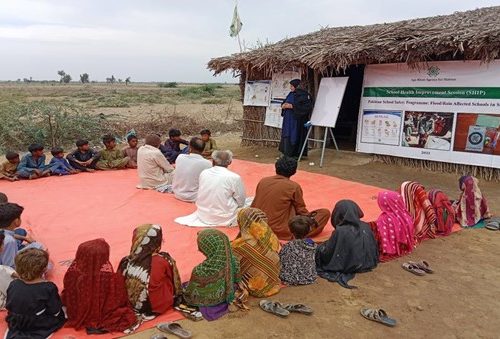More and more people are making their homes in woodland settings – in or near forests, rural areas, or remote mountain sites

More and more people are making their homes in woodland settings – in or near forests, rural areas, or remote mountain sites

Wildfires are uncontrolled fires that burn in natural areas like forests, grasslands, or prairies. They can be massive and dangerous, spreading quickly and causing significant damage. Here’s a breakdown of wildfires:
Causes: Lightning strikes are a natural cause, but human activity is the leading culprit, either accidental (discarded cigarettes, campfires) or intentional (arson).
Impact: Wildfires can destroy homes and property, threaten lives, and harm the environment. Smoke inhalation is a major health concern.
Climate Change: Unfortunately, climate change with hotter temperatures, drier conditions, and strong winds creates ideal conditions for wildfires to become more frequent and severe.
Multiple Alert Systems: Utilize a combination of apps like FEMA for National Weather Service alerts, and local community alerts. Don’t forget about the always-on Emergency Alert System (EAS) and Wireless Emergency Alert (WEA).
Air Quality: Pay attention to air quality alerts, especially during wildfire season.
Evacuation Plan: Create a clear evacuation plan for your household, including everyone knowing what to do and where to go. Practice your escape routes and designate meeting points. Consider plans for workplaces, daycare, and other frequented locations.
Important Documents: Ensure your insurance policies and personal documents (ID etc.) are up-to-date. Make digital copies and store them securely with password protection.
Home Fire Safety: Use fire-resistant materials for construction, renovations, and repairs. Identify an outdoor water source and ensure a hose reaches all areas of your property. Create a fire-resistant zone of at least 30 feet around your home, clear of leaves, debris, and flammable materials. Designate a sealed room with air purifier for smoke filtration during wildfires.
Evacuation Routes: Learn your evacuation routes and practice them with your family, pets, and identify a designated evacuation location.
Follow Instructions: Always follow instructions from local authorities for the latest recommendations and safety measures.
Go-Bag: Prepare a well-stocked Go-Bag with essentials like a first-aid kit, for your household and car. This can help avoid unnecessary trips during emergencies and allows you to address minor medical needs at home.
Financial Considerations: Wildfire preparedness can be financially straining. Consider building your supplies gradually over time.
Safety Essentials: Be cautious with flammable household products like aerosols and hand sanitizer. If possible, store an N95 mask for smoke protection.
Communication: Keep your cell phone charged and consider backup charging devices for emergencies.
If advised to evacuate, do so immediately. Take your disaster supply kit, lock your home and choose a route away from the fire hazard. Watch for changes in the speed and direction of the fire and smoke. Tell someone when you left and where you are going.
If you see a wildfire and haven’t received evacuation orders yet, call 9-1-1. Don’t assume that someone else has already called. Describe the location of the fire, speak slowly and clearly, and answer any questions asked by the dispatcher.
If you are not ordered to evacuate, and have time to prepare your home, FEMA recommends you take the following actions:
The following are guidelines for different circumstances in the period following a fire:
Hazards & Emergencies
Keep up to date with our latest news, tips and disaster preparedness updates by subscribing to our newsletter
Prepare
Connect
Donate
Designed by GroupJKC – A Borderless Creative Agency
Thank you for subscribing. You can unsubscribe
at any time by clicking the link at the bottom
of any Spotlight newsletter.